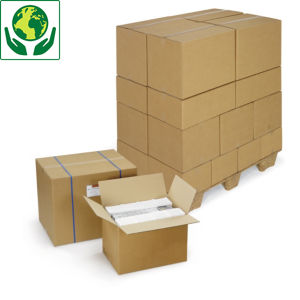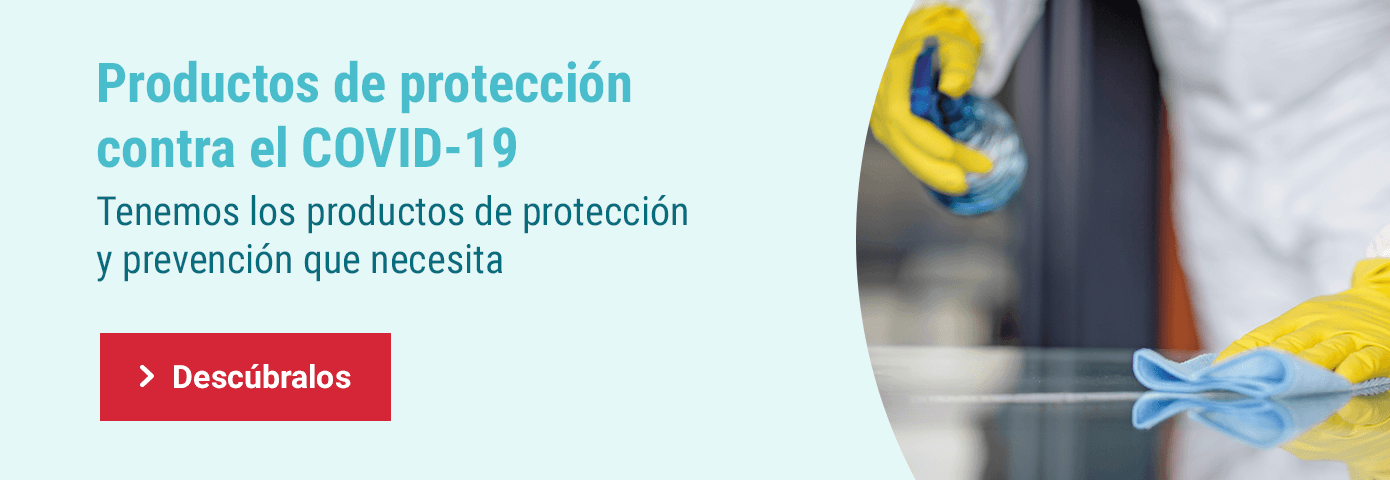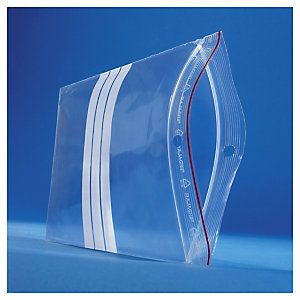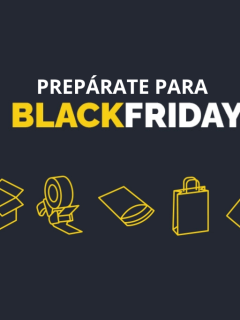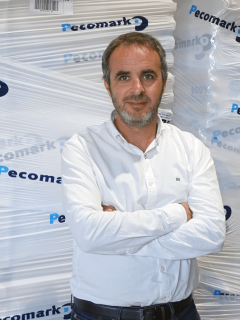The packaging demand patterns of the different productive sectors have been tremendously altered by the coronavirus crisis. On the one hand, the forced halt in economic activity has caused packaging purchases to fall drastically in areas such as the B2B industry, fashion or the world of luxury. On the other hand, the so-called essential sectors have had to reinforce their stock with more products for packaging in order to protect the goods and speed up the preparation of orders.
In particular, food and e-commerce have had to evolve by leaps and bounds to meet the requirements of a confined population. However, now that we are moving towards de-escalation and the new normal is near, what will happen? Let’s take a look at the conclusions of the first studies on the demand for packaging in this turbulent period.
Food packaging, a key player during the COVID-19 crisis
A McKinsey analysis of the packaging industry’s response to the pandemic estimates that, with the quarantine, 14% of Americans increased their food consumption and 1% bought more household products. These figures contrast with 50% cutting their usual spending on clothing, 47% on footwear and 38% on make-up and skincare.
For supermarkets, the situation resulting from the expansion of COVID-19 has been a challenge to adapt to a customer who:
- Shops more, because the food and drink consumption that used to be profitable in the Horeca channel now takes place at home.
- Orders more home delivery and click & collect.
- Is reluctant to buy unpackaged or bulk food.
This has crystallised, according to McKinsey, in the increased use of cardboard boxes and stretch film by supermarkets and hypermarkets, and the lifting of strict social distance measures is encouraging home delivery and take-away to flourish, resulting in increased investment in take-away foodpackaging by restaurants.
E-commerce packaging for fast-paced digitalisation
In a complementary way, and in order to save a business that is impossible to maintain in physical environments, online sales have been the other great beneficiary – and great demander of packaging – of this crisis. E-commerce packaging plays a crucial role in areas such as pharmacy and parapharmacy, one of the most active due to:
- The mass purchase of coronavirus protection products (such as masks, hydroalcoholic gels or gloves).
- A new interest in self-care, in order to preserve health during confinement.
Packaging products most in demand by online shops during the pandemic
In its barometer of packaging during the health emergency, RAJA® Italy has recorded a significant increase of new customers in the e-commerce product segment. 14% of them come from the world of leisure, sports and DIY; 8% from beauty, electronics, children’s world, furniture and home accessories; 6% from the food industry; and bars/restaurants and pharmacies with 3% shares respectively.
Also, according to this barometer, the most popular e-commerce packaging products are:
- Filler and protective packaging, for which demand has grown by 25% in March and April this year compared to the same period in 2019.
- Plastic bags with zip closures, up 23%.
- Cardboard and postal boxes, up 21%.
Packaging demand in the new normal
As the post-covid reality takes hold, sectoral demand for packaging can be expected to return to the status quo ante. However, there are a number of trends arising from the COVID-19 disruption that will persist, at least for several months to come:
- Plastic and corrugated cardboard will establish themselves as the preferred packaging materials for companies, the former because it is perceived as hygienic and safe, the latter because some studies suggest that coronavirus survival on it is lower than on other surfaces. A Verdict survey corroborates that demand for plastic has increased by 44%, and for cardboard by 32% in the wake of the pandemic outbreak.
- Single-useoptions will gain ground over reusable ones, at least initially. The COVID-19 alarm has increased the consumption of packaging, a phenomenon corroborated by Ecoembes, which detected a 15% increase in the recycling of items in the yellow bin during the first weeks of the state of alarm. However, legislation to ban single-use plastics in the medium term continues. The Spanish Ministry for Ecological Transition has presented a draft Law on Waste and Contaminated Soil that plans to remove cutlery and kitchenware of these characteristics from the market by July 2021, among other initiatives aimed at reducing waste generation and promoting its recovery.
At RAJA®we have remained 100% operational during all this time to give you the best service, and from now on we will continue to support you in the general resumption of economic activity. Trust us to boost your company and your e-commerce!











